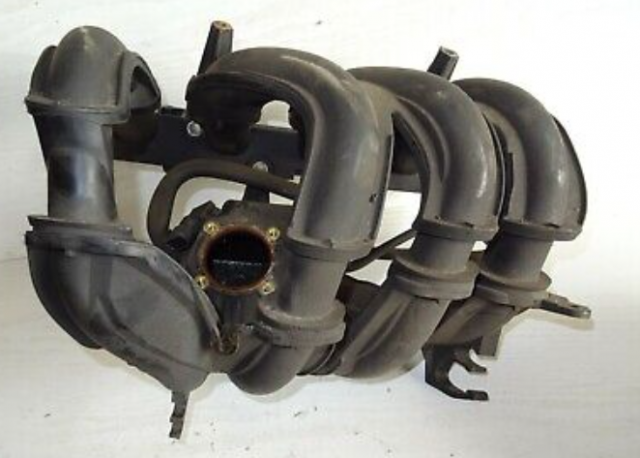Possibly, the "flooding issue" might have been a misfire, but not as a misfire the system would see from an emissions standpoint.
You did the right thing by forcing the throttle open and letting the crank try to pull thru whatever was left of whatever it was in there - to pump out into the exhaust side and finished the job.
Sounds like what you did was purge, or vacuum out - the intake manifold from something - usually gunk from the PCV valve and the oil it pulls into that plenum - where that PCV valve port sucks the vapors (supposed to be) in to be reburned.
No, no animals or possums were harmed in the starting of this thread...car? Wouldn't know...
In some rare instances the oil level and that crankcase vapor port and oil drain trap - get coked in - well, coke - the oil deposits and dried sediment it has in it.
They build up in the low spots where air that needs to pass finds other ports to get thru so one cylinder or several were starved for air - or starting to.
When the motor is tilted - that shifts any fluids along with it - so the up hill or down-slope affects even how the oil sits in the crankcase. Too close to the PCV valve- it will get sucked back into the manifold and thru the combustion chamber as it can.
There are other ports too, including EVAP and EGR (if automatic equipped) on it - any one of those can get caked in oily dirt - so if nothing has ever been done to the manifold of the engines intake, it's been a couple of decades - then it should be a good indicator that you'll need time to take it off and inspect and clean it.

